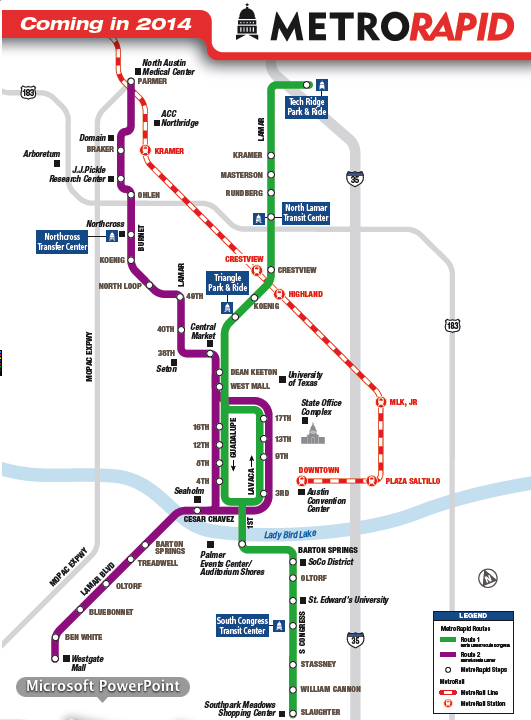Detroit in Transition: Whole Foods Comes to Town
April 14, 2012 Leave a comment
Anointed the symbol of Detroit’s comeback by national media, the Midtown area took a big step toward in its gradual transition into another post-industrial hipster haven. Whole Foods announced it would break ground on a new 21,000 square-foot store on John R and Mack, two miles north of downtown.
For Whole Foods, which is known for conducting vaunted market research before opening a new location, Midtown will the first time the upscale retailer has expanded into a distressed, inner-city location.
More significantly, perhaps, is that Whole Foods will be the only name, brand national supermarket chains within the city limits. Called a “food desert” in the media, Detroit’s 700,000 residents are underserved by full-service groceries and the food industry in general. This has begun to change slowly over recent years as new restaurants have opened in Midtown and beyond, but the new Whole Foods will, surely, test Detroit’s demand for kale, grass-fed beef and imported cheese.

